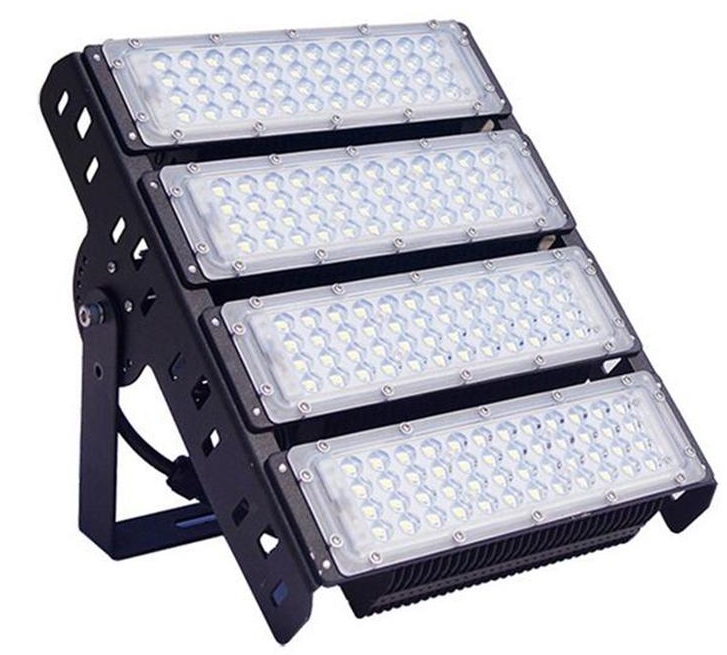
Type: KF11
Pole height: 9,5 meter
Amount: 16 x 100 watt
Illuminance: approx. 300 Lux

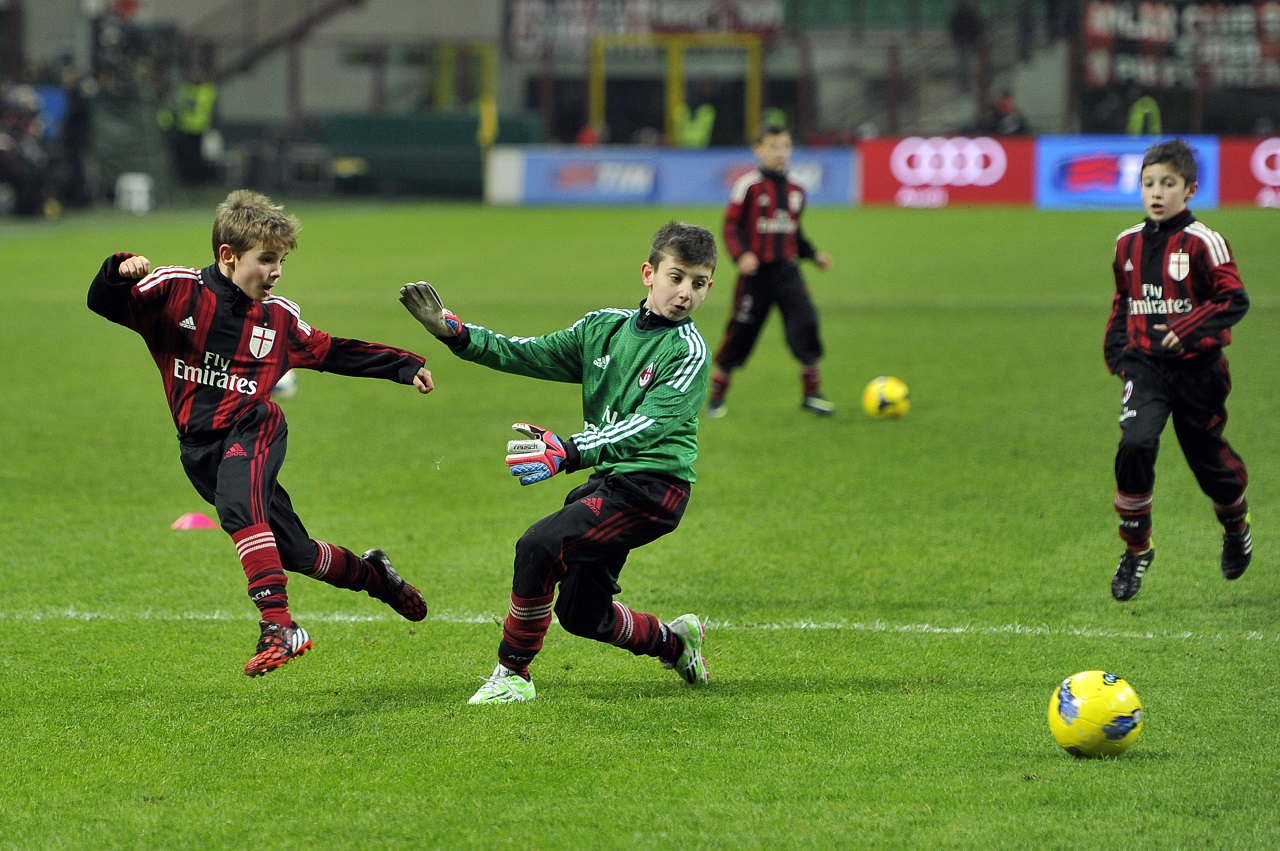
The world is constantly evolving, and so is the way we communicate and interact with each other. The sports industry is no exception. More than ever, people are finding it harder to make time to play the sport they love, and even harder to interact and keep in touch with team members. As a result, individual sports, such as running, are gaining popularity while teams and the unity they provide are fading.
Social media has impacted how we interact with each other in the world of sports. Through social platforms such as Twitter, Facebook or apps we can communicate with our teams, share scores, and much more. New technologies like fitness trackers allow us to share our activities and compare results, even with professional athletes. Whether you play a sport to stay fit, set a personal record, or for socialization, the way we participate in sports is ever changing.
The impact on sports clubs understanding how the industry is changing is key for sports clubs to remain afloat financially and socially. Surprisingly, lighting can play a major role in allowing sports clubs to provide a welcoming and inspiring environment for people to practice whenever they’d like. Of course, proper illumination when playing sports is a basic necessity. However, the quality of the lighting is crucial not only for the athletes, but for the sports facility owners. At Printec, we can support you with best-in-class lighting to improve athlete results, while using minimum energy, minimize the impact on the environment and increasing potential revenue streams.
While our lighting systems provide the players and trainers with the flexibility to play whenever they want, they also provide facility operators insight on the status of all lighting in their facility.
The main goal when installing a lighting system on a field, is to meet specific standards. Usually, the lighting requirements are linked to the sport. In practice, the light level for a training field is lower than a match field. Specific lighting is also needed based on the type of game, speed of action, and viewing distance.
The lighting classes specified for most sports are laid down in NEN-EN standards. Depending on the class, the level may vary from 75 to 750 lux on the field. Demands are also made on the uniformity of illumination, the maximum working glare value and the light source’s ability to render color. In addition to the functional need for light to perform a sport, sports facilities are also social meeting places where revenue is generated, making lighting an important component to creating a pleasant environment.
Each field and each sport requires different lighting needs, and no two installations are the same. With this brochure, the objective is to give an overview of standard lighting schemes for most popular recreational sports and which lighting system is the best for your need. This brochure serves as a basis to assist with decision making when beginning a sports lighting project.
It is important to note that lighting design and installation requires specialist engineering knowledge and must be carried out by competent experienced professionals following the guidelines required by government or any other relevant public authorities. It is also important to note that this brochure is not intended to provide lighting recommendations and solutions in case of television coverage for which specialist knowledge is required.
Class I: Top-level competition National and international matches, which generally involve large spectator capacities with potentially long viewing distances. Top-level training may also be included in this class.
Class II: Mid-level competition Regional or local club matches, which generally involve medium size spectator capacities with medium viewing distances. High level training may also be included in this class.
Class III: Low-level competition Local or small matches, which do not usually involve spectators. General training and recreation also come into this class.
| Class I | Class II | Class III | |
|---|---|---|---|
| International / national |
 |
||
| Regional |
 |
 |
|
| Local |
 |
 |
 |
| Training |
 |
 |
|
| Recreational |
 |
| Sport | Class I | Class II | Class III |
|---|---|---|---|
| Football | 500 | 200 | 75 |
| Hockey | 500 | 250 | 200 |
| Tennis | |||
| indoor | 750 | 500 | 300 |
| outdoor | 500 | 250 | 200 |
| Rugby | 500 | 200 | 75 |
| Athletics | 500 | 200 | 100 |
| Golf course | 100 - 50*) | ||
| Baseball / softball | |||
| infield | 750 | 500 | 200 |
| outfield | 500 | 300 | 100 |
| Playing court | 500 | 200 | 75 |
| Swimming pool | 500 | 300 | 200 |
| Multipurpose hall (Gym) | 750 | 500 | 200 |
| Ice hockey | 750 | 500 | 300 |
*) Vertical illuminance on distance markers
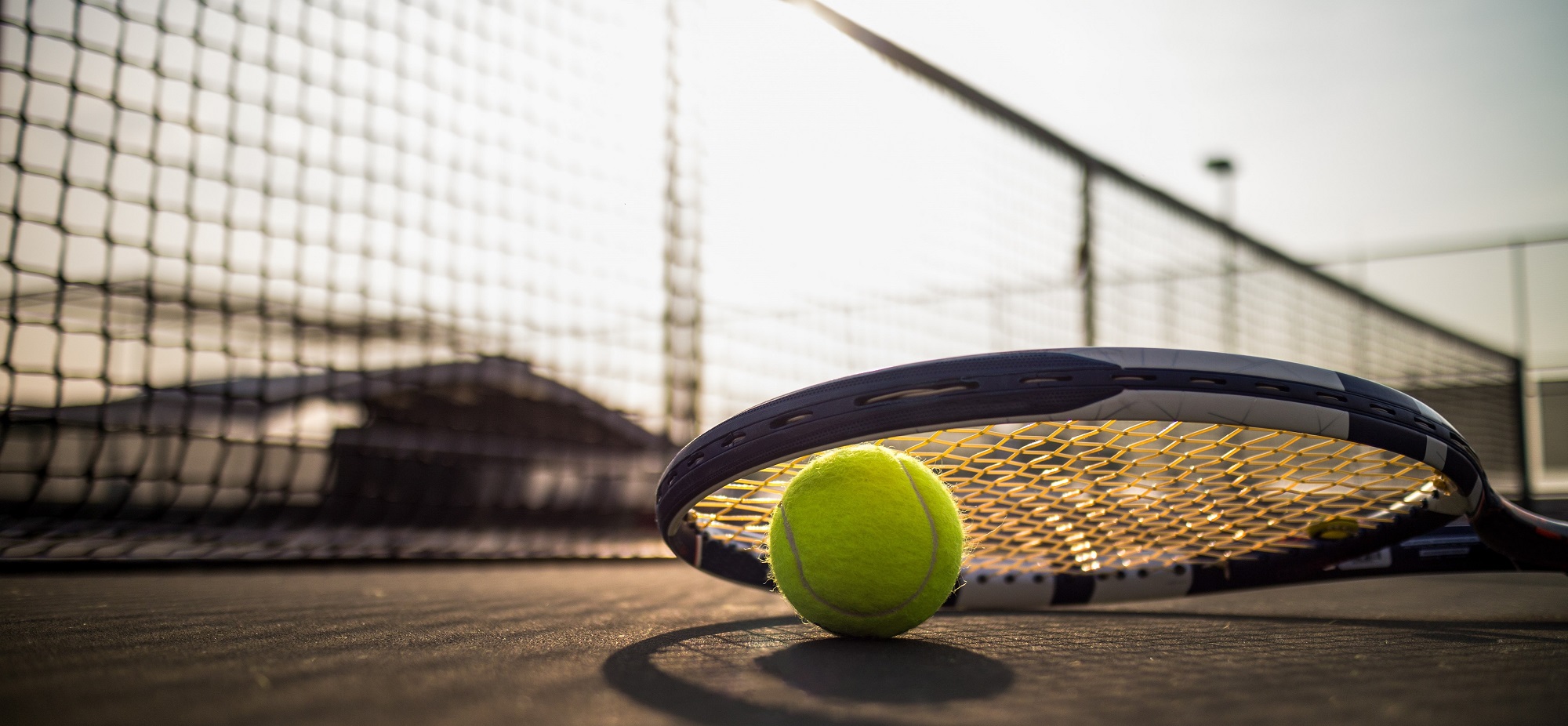
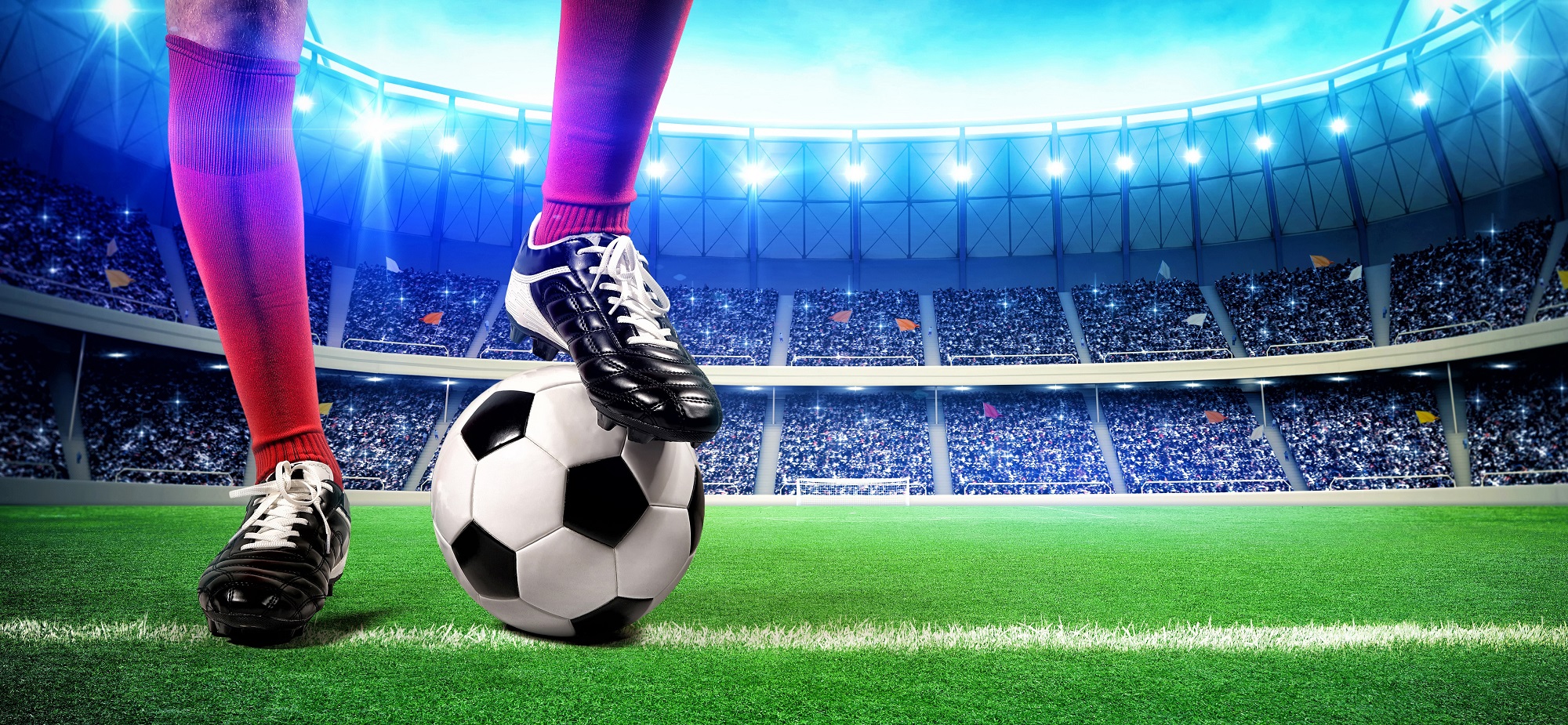
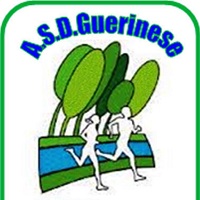 ASD Ripalta Guerinese, a small sports association with 250 members in the tiny town of Ripalta Guerina (CR), changed their over 15 years old HQI lights on the calcetto field against modern LED lights, achieving over 70 % energy savings and considerably better illuminance levels.
ASD Ripalta Guerinese, a small sports association with 250 members in the tiny town of Ripalta Guerina (CR), changed their over 15 years old HQI lights on the calcetto field against modern LED lights, achieving over 70 % energy savings and considerably better illuminance levels.
| HQI Sport Lights, 400 Watt, conventional gears | New KF11 LED 100 / 150 Watt modules 90° beam angle | |
| Number of lights | 8 x 400 Watt | 4 x 100 Watt, 4 x 150 Watt |
| Illuminance | <150 Lux | >250 Lux |
| Energy consumption | 3.200 Watt | 1.000 Watt |
| Savings of energy | 70 % | |
| Time of amortization | Approx. 3 years |
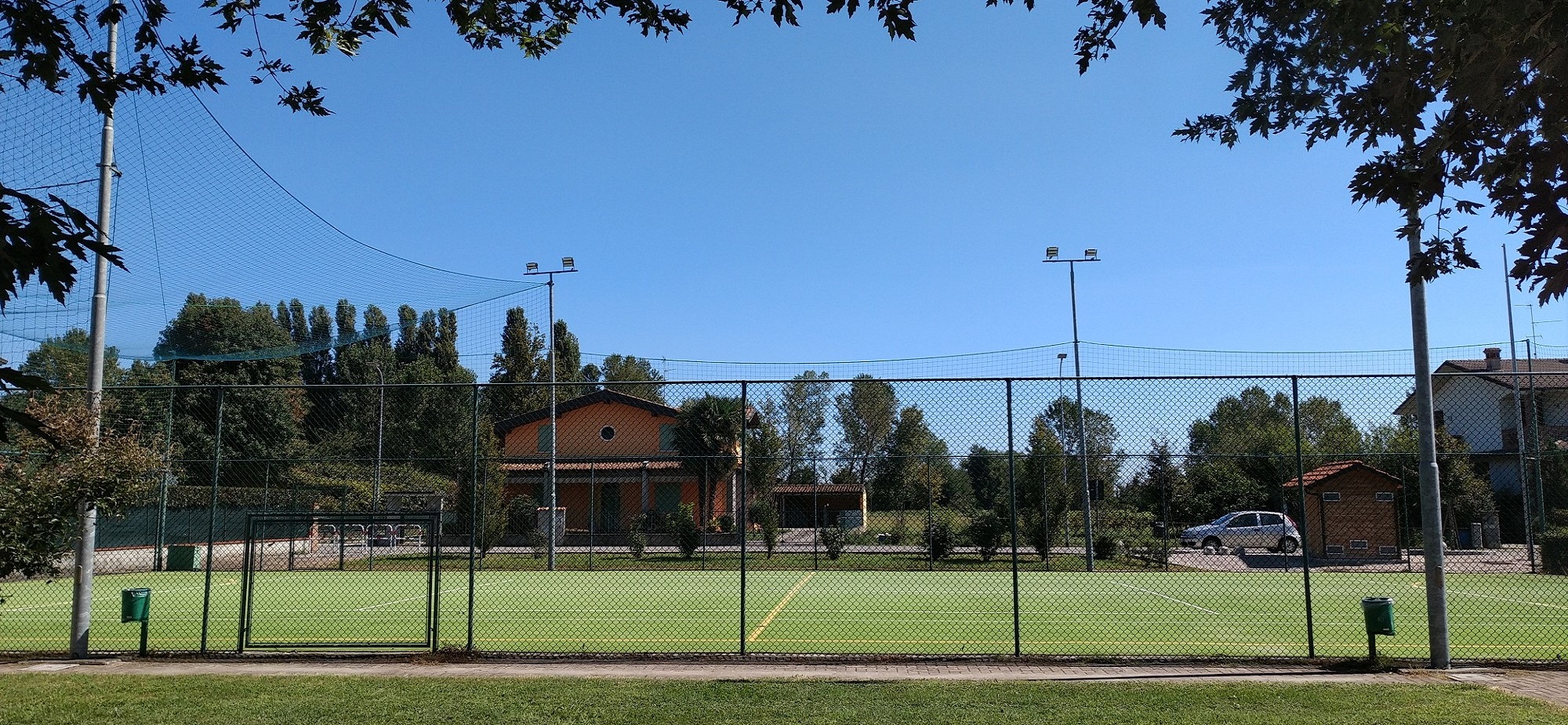
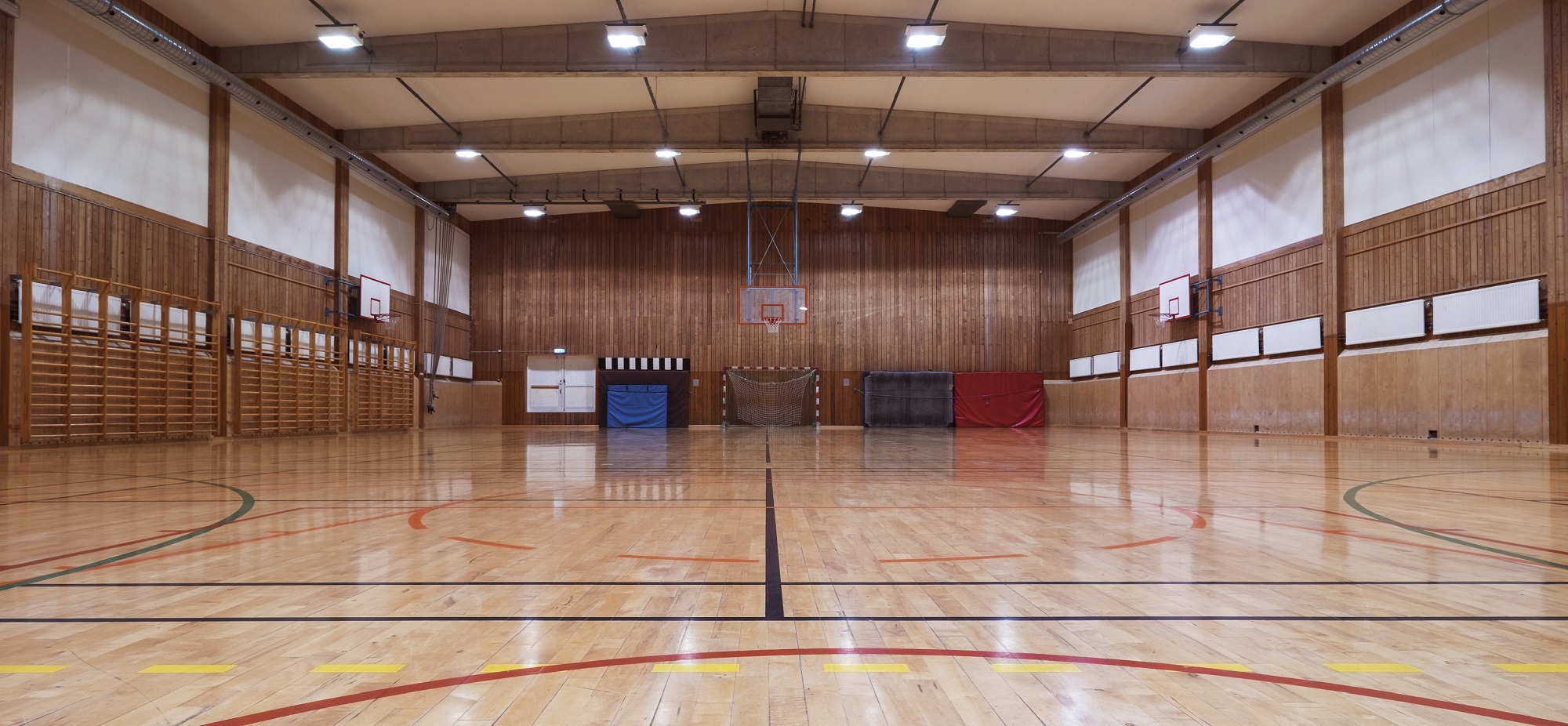
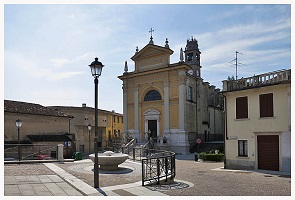 Parrocchia Prepositurale San Lorenzo in Urago d’Oglio (BS) replaced their over 10 years old fluorescent tubes in the gymnastics hall by modern LED lights, achieving over 70 % energy savings and considerably better illuminance levels.
Parrocchia Prepositurale San Lorenzo in Urago d’Oglio (BS) replaced their over 10 years old fluorescent tubes in the gymnastics hall by modern LED lights, achieving over 70 % energy savings and considerably better illuminance levels.
| Fluorescent tubes 58 W, conventional gears | New KF43 LED 100 Watt, 120° beam angle | |
| Number of lights | 54 x 58 Watt | 12 x 100 Watt |
| Illuminance | <150 Lux | >300 Lux |
| Energy consumption | 4.200 Watt | 1.200 Watt |
| Savings of energy | 71 % | |
| Time of amortization | Approx. 3 years |
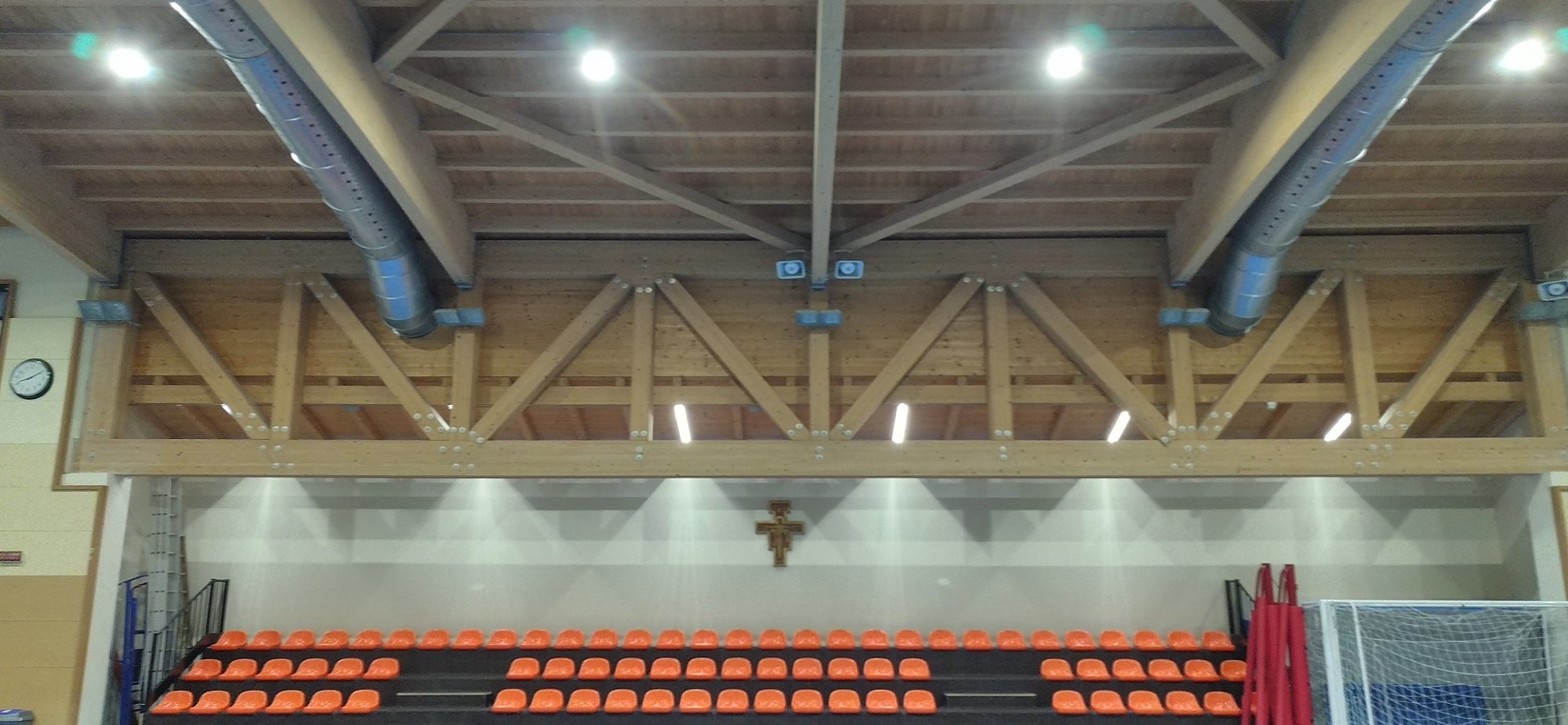
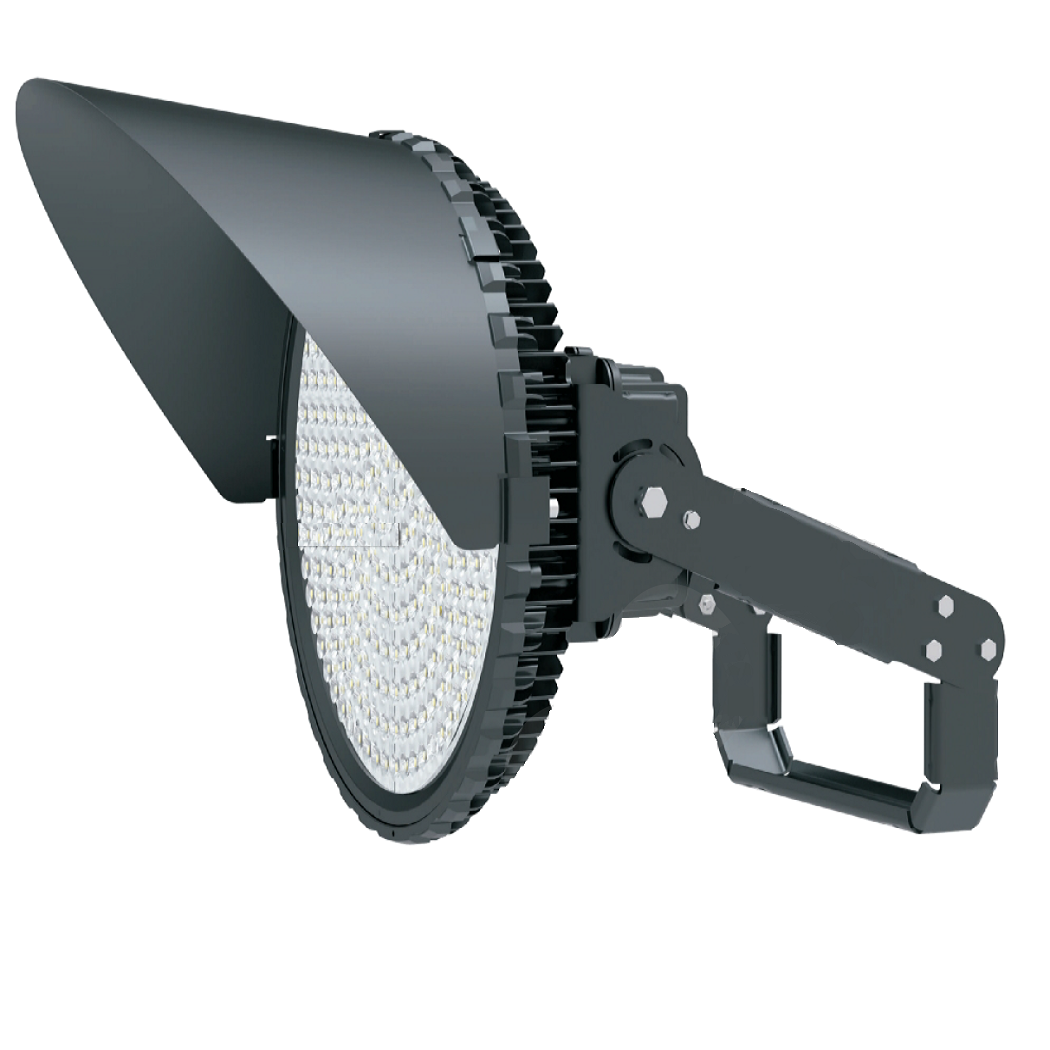
| LED: | Philips Lumileds |
| Driver: | Meanwell |
| Efficiency: | 170 Lm/Watt |
| Power: | 300 - 500 Watt |
| Beam angle: | 30°, 120° |
| IP Class: | IP65 |
Best performance available, designed especially for football and other field sports.
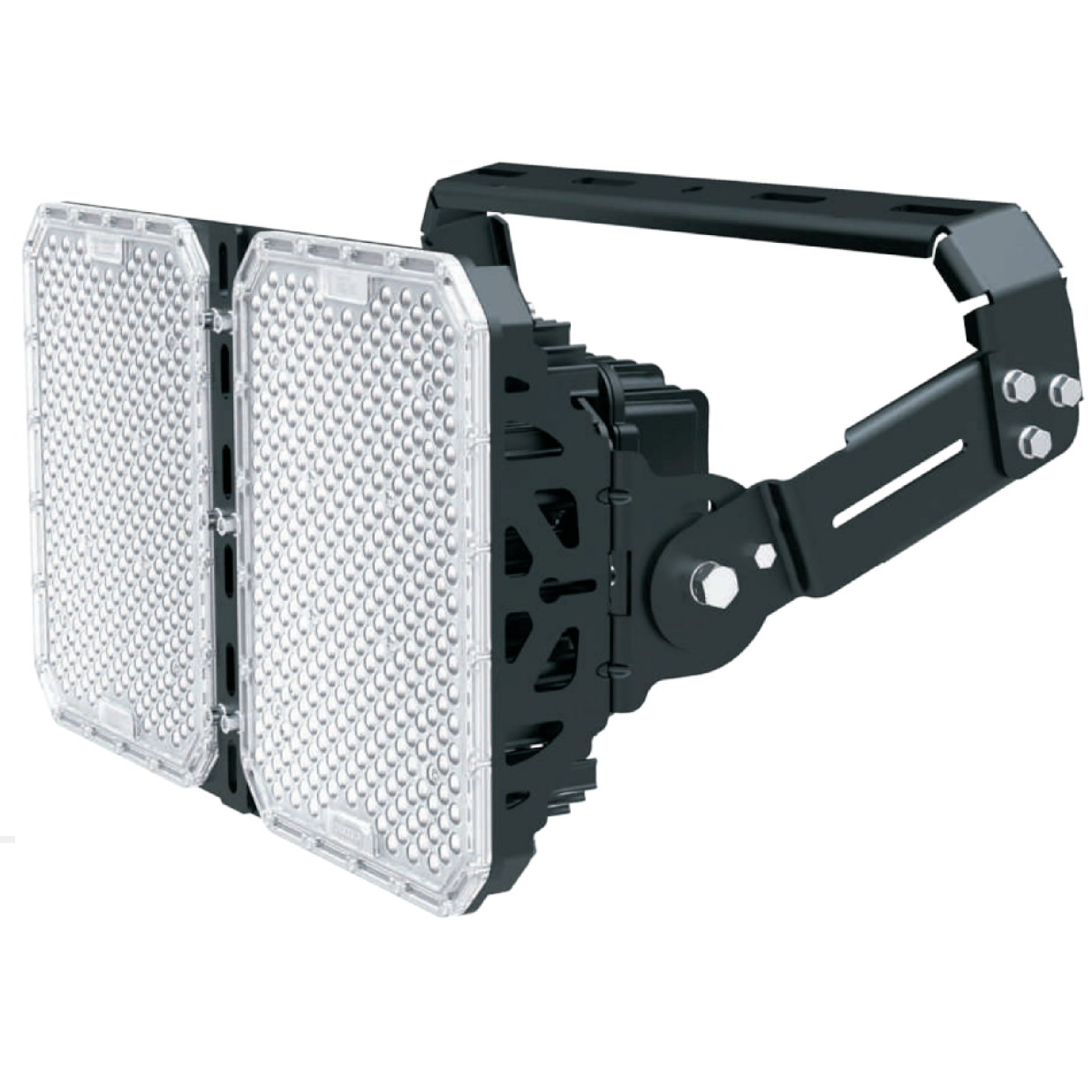
| LED: | Philips Lumileds |
| Driver: | Meanwell |
| Efficiency: | 140 Lm/Watt |
| Power: | 400 - 1.000 Watt |
| Beam angle: | 30°, 50° |
| IP Class: | IP65 |
High quality product, large range of available power, for football and other field sports.
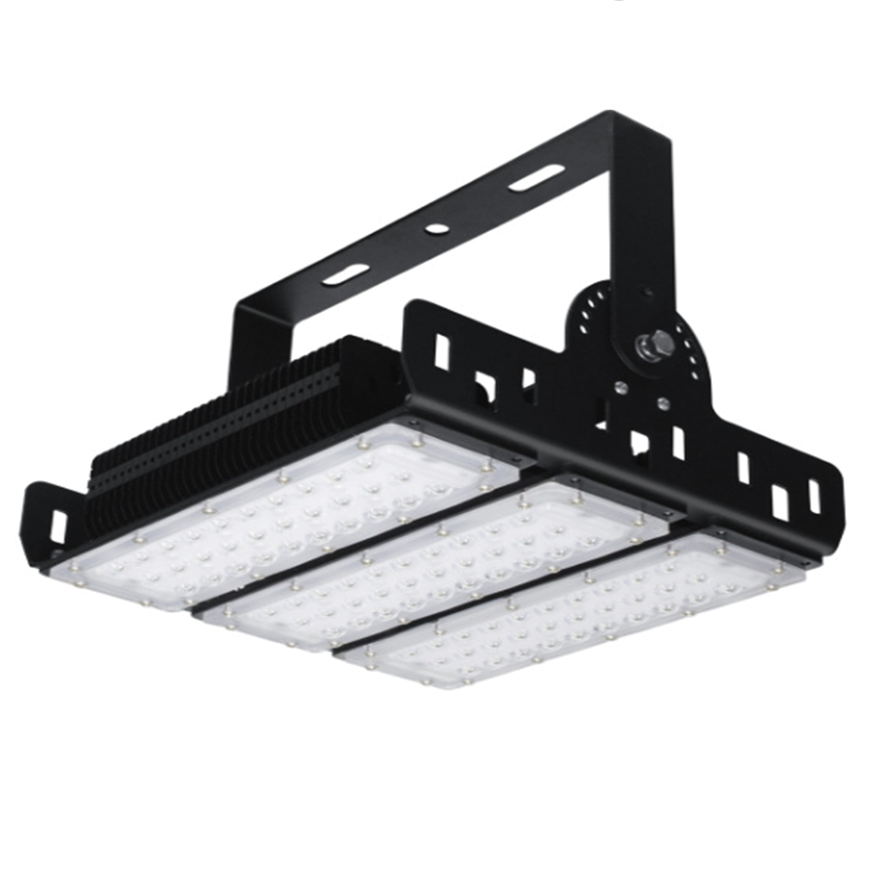
| LED: | Samsung |
| Driver: | Meanwell |
| Efficiency: | 120 Lm/Watt |
| Power: | 50 - 400 Watt |
| Beam angle: | 60°, 900° |
| IP Class: | IP65 |
Best price / performance ratio, designed for football, tennis, gymnastics.
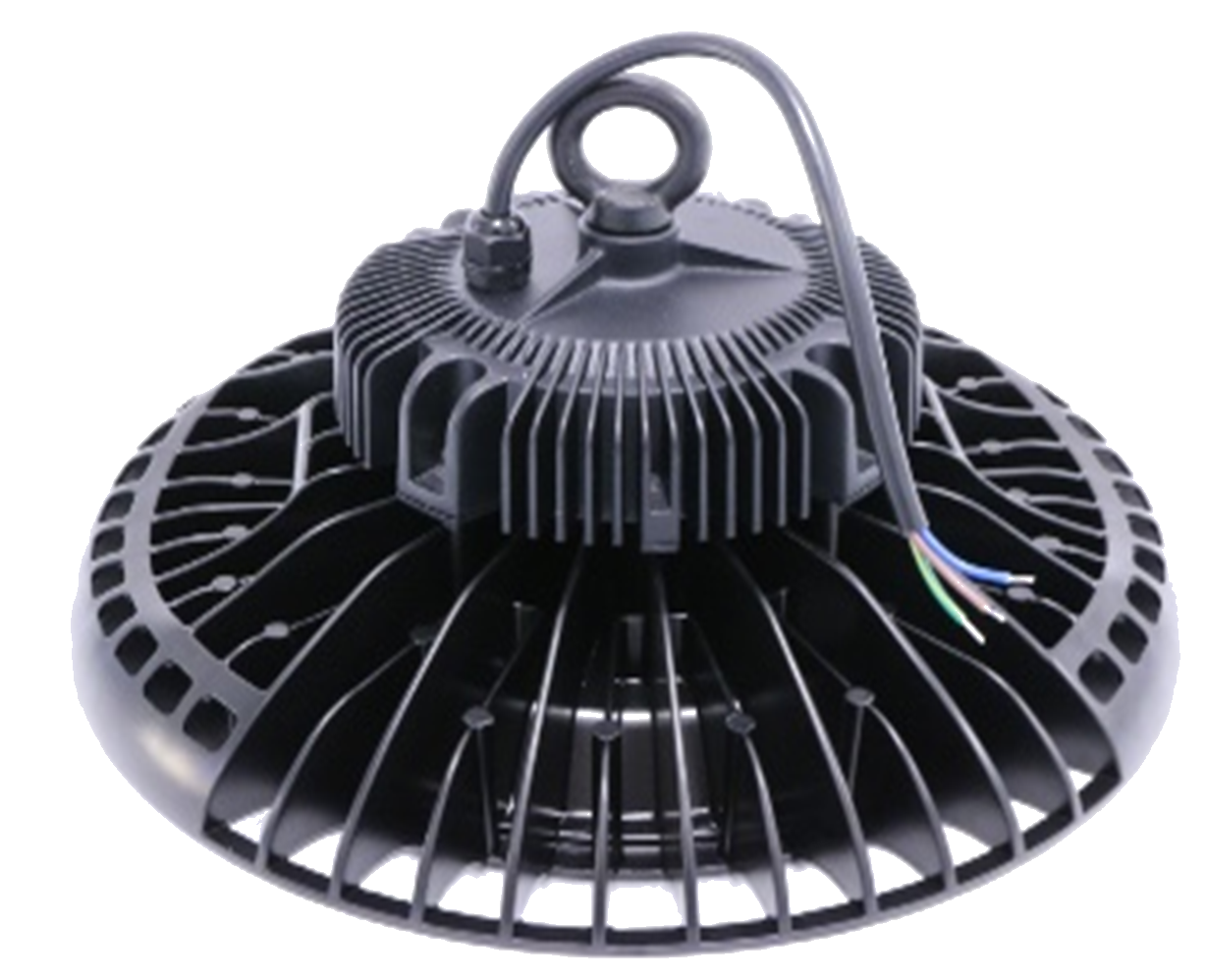
| LED: | Philips Lumileds |
| Driver: | Meanwell |
| Efficiency: | 120 Lm/Watt |
| Power: | 100 - 240 Watt |
| Beam angle: | 60°, 120° |
| IP Class: | IP65 |
UFO High bay light for gymnastics and other indoor sport. Also for fixed wall / ceiling mounting.
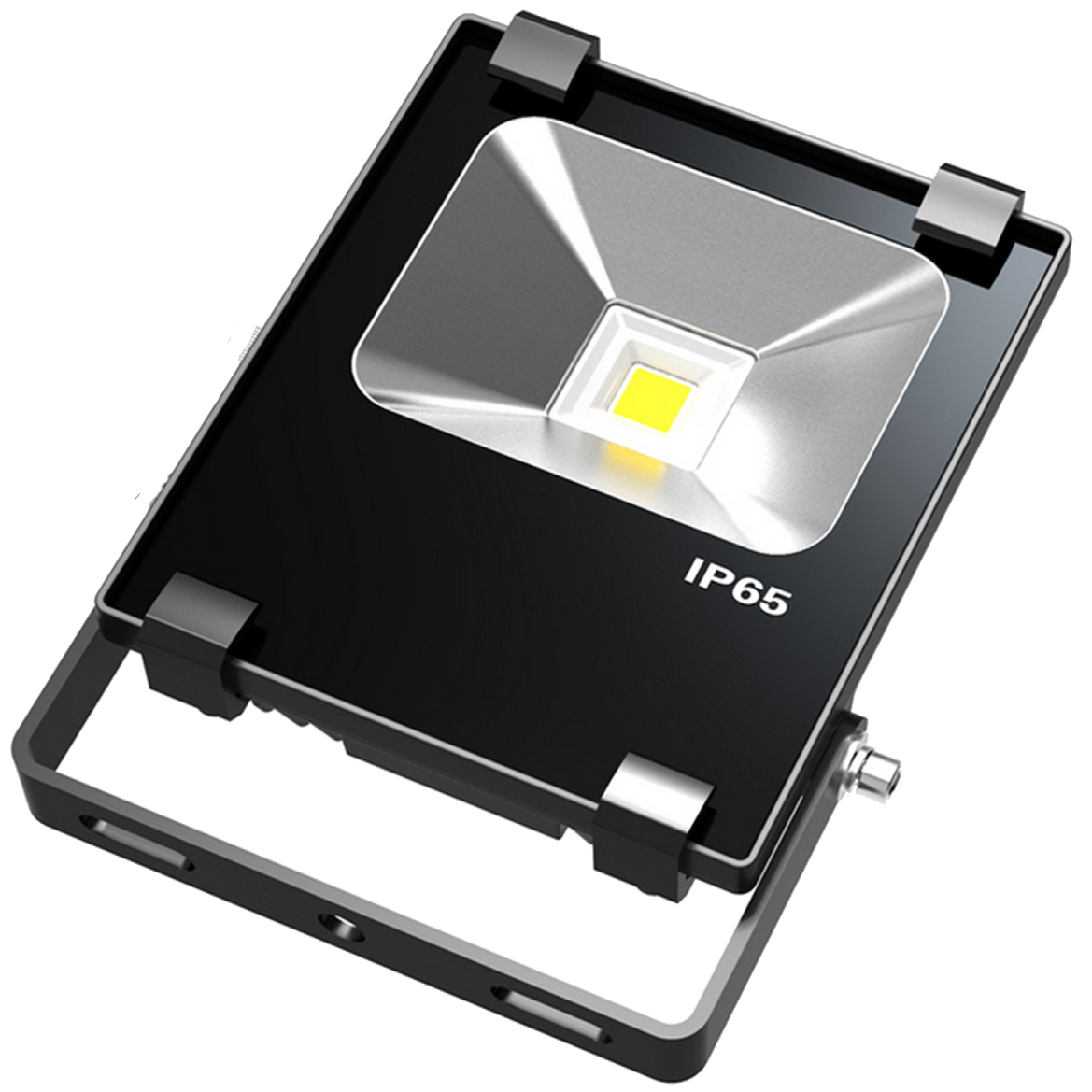
| LED: | Bridgelux |
| Driver: | Meanwell |
| Efficiency: | 100 Lm/Watt |
| Power: | 10 - 200 Watt |
| Beam angle: | 60°/120° bidir. |
| IP Class: | IP65 |
Floodlight for inside and outside applications. With bi-directional beam angle.
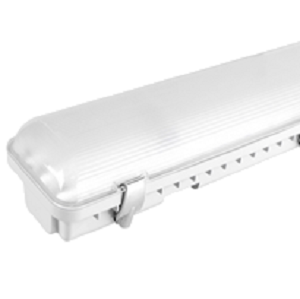
| LED: | Epistar |
| Driver: | CE Driver |
| Efficiency: | 100 Lm/Watt |
| Power: | 20 - 60 Watt |
| Beam angle: | 180° |
| IP Class: | IP65 |
Tri proof light for inside and outside applications. Also available as emergency light.